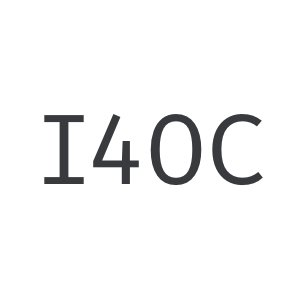- » Publisher and Cooperating Publishing House
- » Legal Status of the Journal and Tradition of Publishing Journals by Scientific Societies
- » Aim of the Journal (a Development of Scientific Discourse) and Pro Publico Bono Activities
- » Focus and Scope
- » Section Policies
- » Crossref Services
- »» Anti Plagiarism Check
- »» Crossmark Policy Statement
- » Counteracting erroneous interpretations of bibliometrics
- » Publication ethics and malpractice statement
- » Additional information about publication ethics
- » Peer Review Process
- » Review Guidlines
- » Confirmation of peer-review activity
- » Thanks to the Reviewers
- » Publication Frequency
- » Manuscript Procedure Time
- » Open Access Policy
- » Open Research Data Policy
- » Archiving Policy
- » No Publishing Fees
- » Journal Indexing and Availability
- » AI/GAI Policy
- » Author Declaration Form
- » Copyright License Agreement Form
- » Peer Review Form
- » Dissemination Guide of Scientific Publications
- » Citation Style Language
Publisher and Cooperating Publishing House
The journal is published by the Polska Akademia Umiejętności [abbreviated in Polish as ‘PAU’] (Polish Academy of Arts and Sciences), the oldest Polish scientific academy.
The electronic version of the journal is distributed by the Publishing House of the Jagiellonian University (it is the oldest Polish university).
Legal Status and Tradition of Publishing Journals by Scientific Societies
The journal is established within the framework of the activities of the PAU Commission on the History of Science.
The organizational basis of the journal Studia Historiae Scientiarum is determined by:
- the Polish “Prawo prasowe” [Press Law Act] (Dziennik Ustaw 1984 nr 5 poz. 24 [Journal of Laws] 1984 No. 5 item 24]; it states, among others, that the editor-in-chief is responsible for all decisions: Article 7.2.7 "the editor-in-chief is a person authorized to decide on the entirety of the editorial office’s activities";
- the long tradition of publishing journals by scientific communities, as exemplified by the journal Isis, founded by George Sarton in 1912, the oldest journal in the history of science, published since 1924 by History of Science Society, and the journals of the world-famous Polish School of Mathematics, such as Fundamenta Mathematicae (1920), Annales de la Société Polonaise de Mathématique; Rocznik Polskiego Towarzystwa Matematycznego (1922), Studia Mathematica (1929), Acta Arithmetica (1935), and Bulletin du Séminaire Mathématique de l’Université de Wilno (1938); the editors of such journals had the right to publish the results of their research in the journals they co-created, as this was one of their basic editorial duties consisting in creating the scientific line of the journals (it is in a great contrast to the tradition of publishing journals by business publishers, according to which journal editors, employed by the journal publishers and duly paid by them, should not publish in the journal so as not to fall into a so-called conflict of interest and not to lose impartiality in the process of developing the journal in accordance with the publisher’s guidelines) – see Kokowski (2022, pp. 15–16; in Polish);
- the ethical codes of scientific or editorial activities developed, among others, by Science Ethics Commission, PAN (‘PAN’ = ‘Polish Academy of Sciences’), COPE and Elsevier.










































